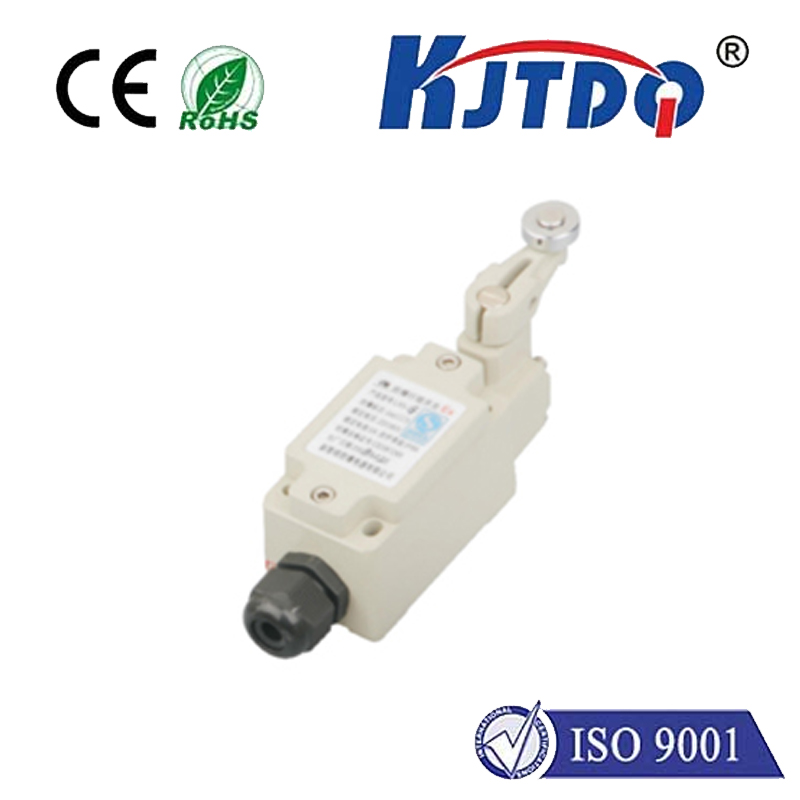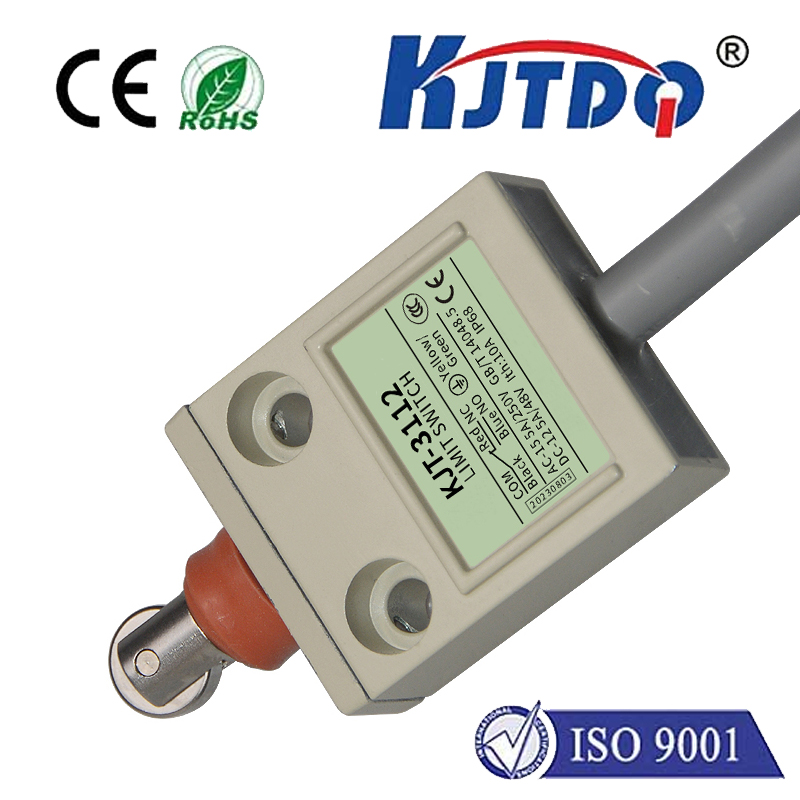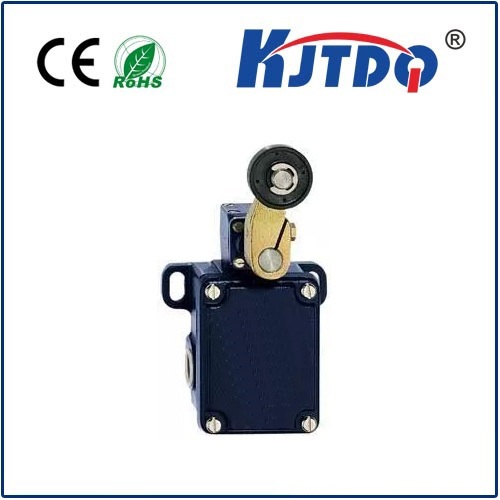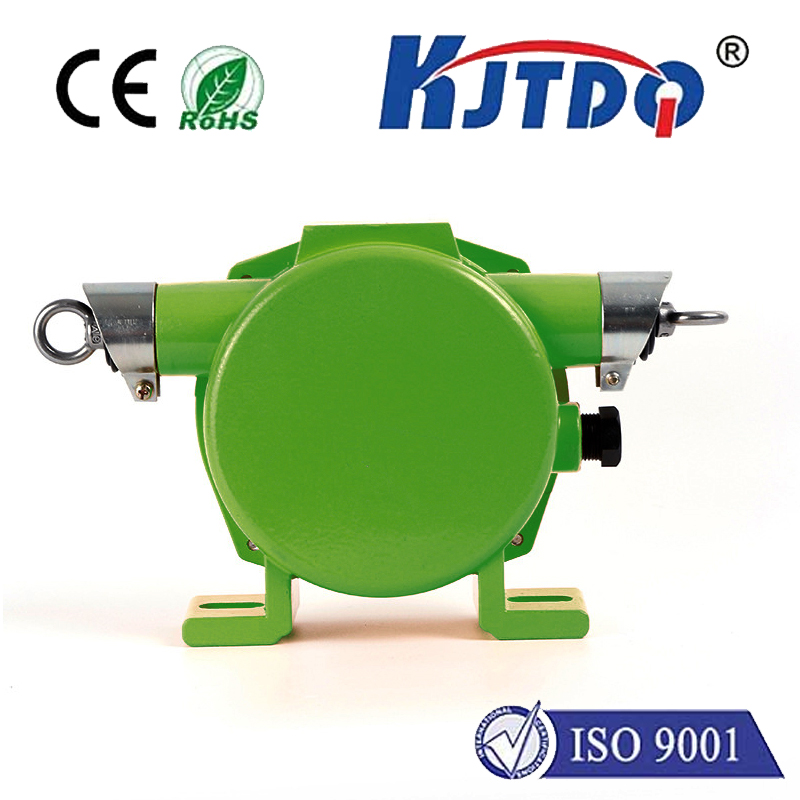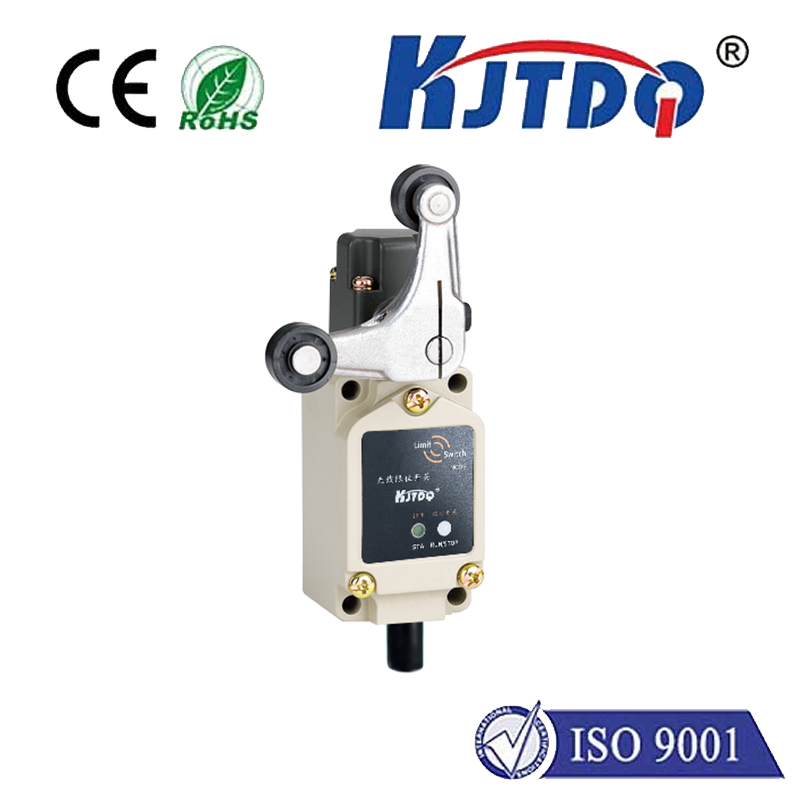

check

check

check

check
Ever meticulously programmed your Raspberry Pi project, only to watch helplessly as a motor drives a mechanism past its intended stopping point, risking damage? Or wished your DIY robot arm knew exactly when it reached its home position? This is where the humble limit switch becomes an unsung hero in the world of Raspberry Pi projects. Combining the intelligence of the Pi with the physical certainty of a switch opens doors to robust automation and safety. Let’s dive into how these simple components provide critical feedback to your Raspberry Pi, enabling smarter, safer, and more reliable projects.
What Exactly is a Limit Switch?
At its core, a limit switch is a mechanical sensor. It detects the presence or absence, or the physical movement limits, of an object. Think of it like a button specifically designed to be triggered by motion. When the object (like a moving part on a machine, a robot’s arm, or a sliding door) makes contact with the switch’s actuator (a lever, roller, or plunger), it physically changes the switch’s internal electrical state.
Most limit switches operate in one of two fundamental modes:
This simple mechanical action translates into a clear electrical signal that the Raspberry Pi can understand.

Why Raspberry Pi Needs Limit Switches
The Raspberry Pi excels at logic, computation, and communication. However, it lacks inherent awareness of the physical world beyond its GPIO pins. It doesn’t inherently know when a motor has driven a carriage to the end of its track or if a protective door is open. Limit switches bridge this gap by providing crucial physical feedback.
Here’s why they are indispensable:
Connecting the Switch: Wiring to Raspberry Pi GPIO
Connecting a limit switch to your Raspberry Pi is straightforward, leveraging its General Purpose Input/Output (GPIO) pins. Here’s the essential setup:
LOW (0V) signal when pressed or a HIGH (3.3V) signal. For safety-critical endstops, the NC configuration is often preferred. Why? Because a broken wire in an NC setup simulates the switch being pressed (circuit open), triggering the safe state (e.g., stopping the motor). In an NO setup, a broken wire simulates the switch not being pressed.Basic Wiring Example (NO Switch with Internal Pull-Down):
* Limit Switch Common (C) -> Raspberry Pi GND (Ground Pin)
* Limit Switch Normally Open (NO) -> Raspberry Pi GPIO Pin (e.g., GPIO17)
(Enable the internal pull-down resistor on GPIO17 in code)
Programming Your Pi: Reading the Switch State
Using Python with the popular RPi.GPIO library (or alternatives like gpiozero) makes reading the switch state simple:
import RPi.GPIO as GPIO
import time
# Set up the GPIO mode (use BCM numbering)
GPIO.setmode(GPIO.BCM)
# Define the GPIO pin connected to the switch (e.g., GPIO17)
LIMIT_SWITCH_PIN = 17
# Configure the pin as INPUT, enable INTERNAL pull-down resistor (for NO switch)
GPIO.setup(LIMIT_SWITCH_PIN, GPIO.IN, pull_up_down=GPIO.PUD_DOWN) # Use PUD_UP for an NC switch
try:
while True:
# Read the state of the pin
switch_state = GPIO.input(LIMIT_SWITCH_PIN)
# Logic depends on switch type and pull setup:
# For NO switch with PUD_DOWN: pressed = HIGH (1)
if switch_state == GPIO.HIGH:
print("Limit Switch ACTIVATED!")
else:
print("Limit Switch NOT Activated")
time.sleep(0.1) # Short delay to avoid flooding output
except KeyboardInterrupt:
GPIO.cleanup() # Clean up GPIO on Ctrl+C exit
Key Considerations for Raspberry Pi Limit Switches
gpiozero has good options) are essential. Debouncing is crucial for reliable operation.
*